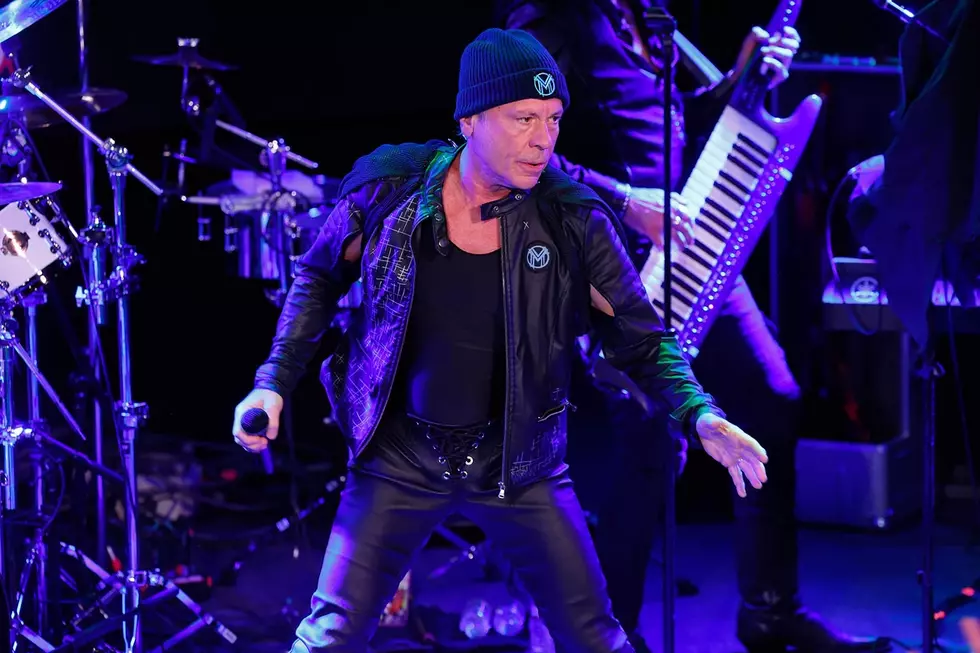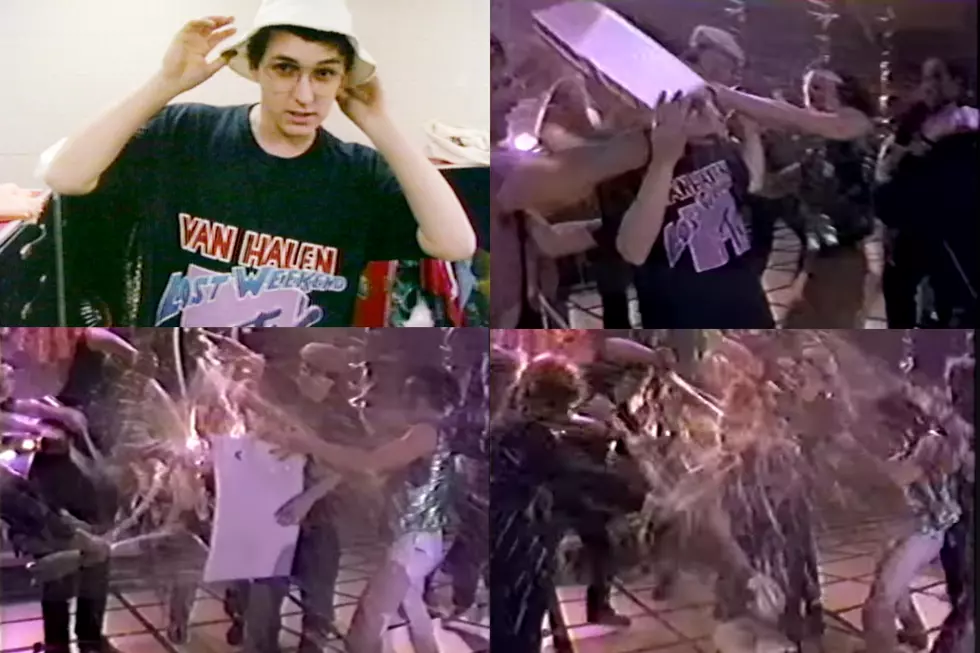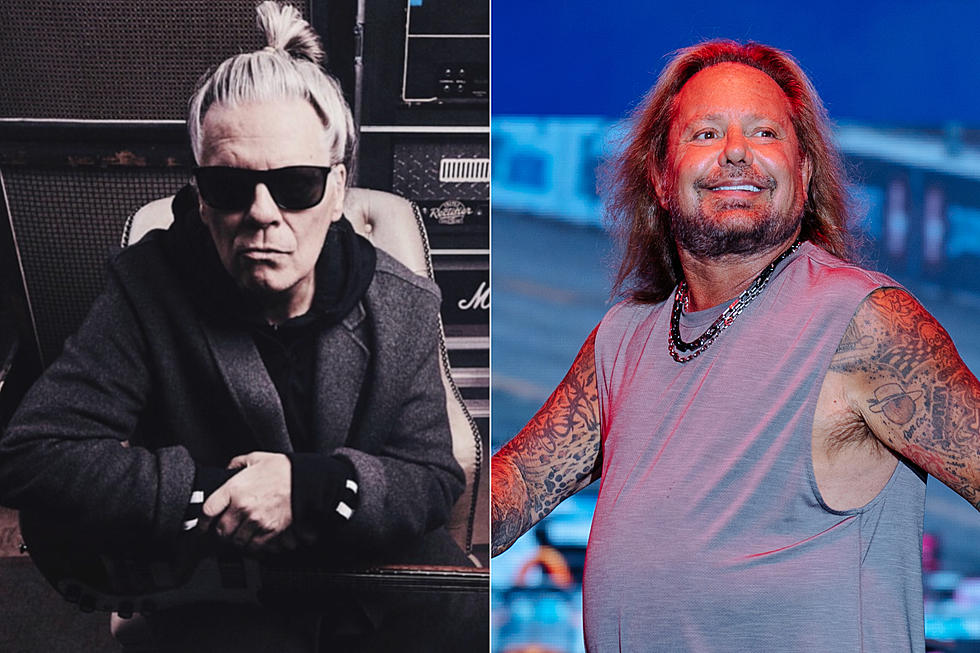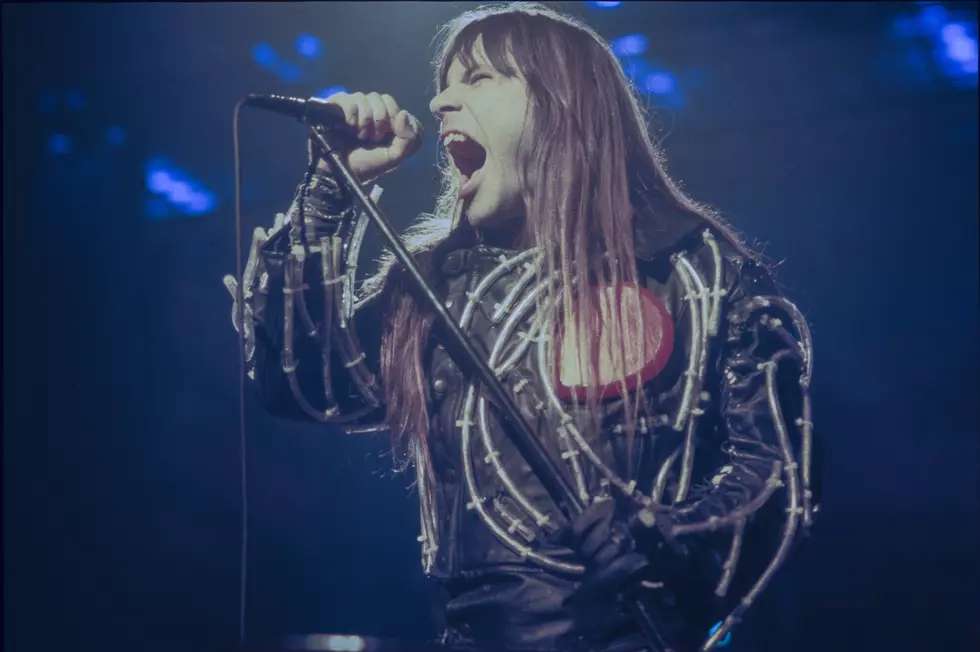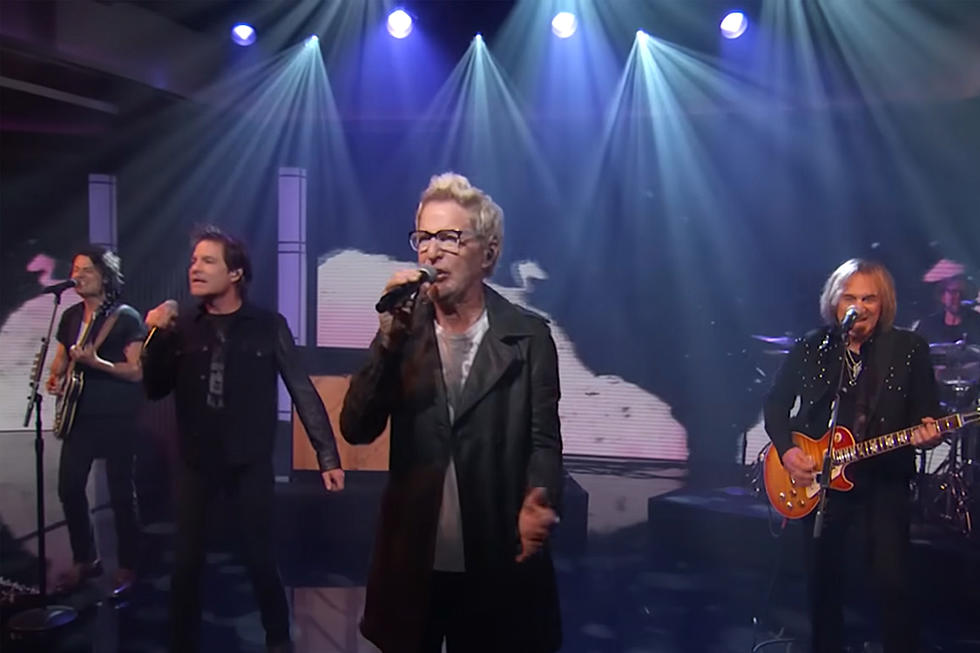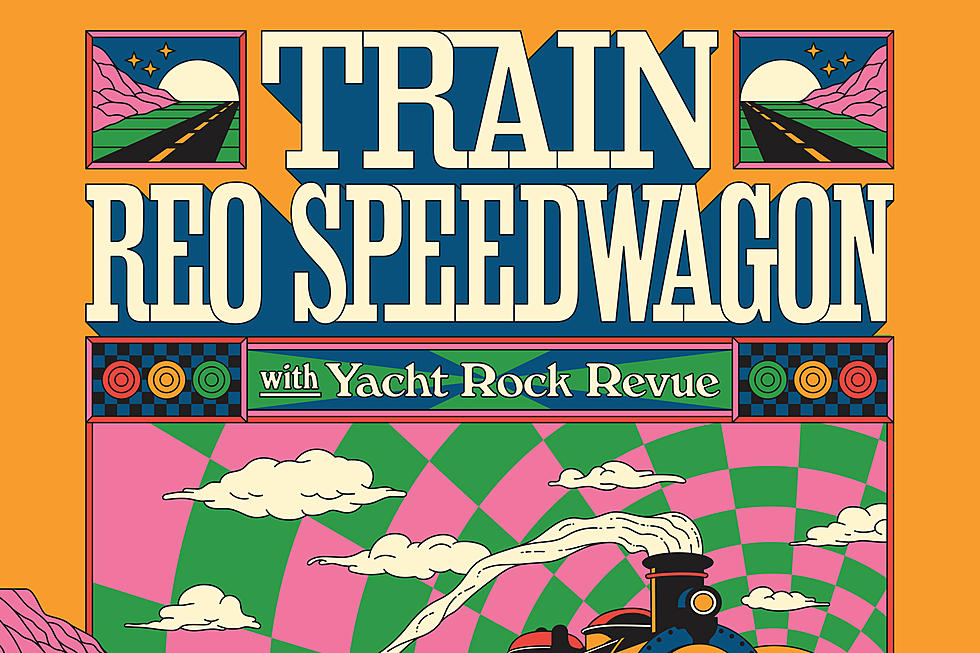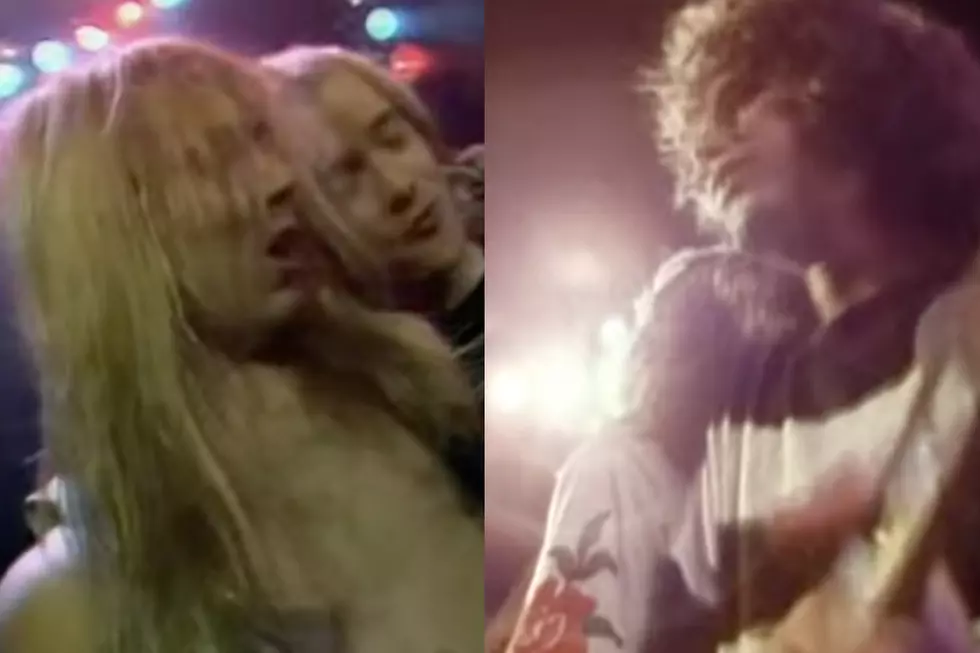
Why REO Speedwagon, Iron Maiden Dominated Early MTV: Book Excerpt
During the '80s, MTV revolutionized the way we consumed music. Now it wasn't good enough just to write a great song — artists also had to look good doing it. (Or, barring that, they had to seek out and hire the right video director to bring their vision to life.)
But when MTV premiered on Aug. 1, 1981, its programming was far more random and not quite yet curated — out of necessity, not by design. Music videos weren't yet widely used as promotional tools in the U.S., so the selection of clips available was limited to what programmers could find.
Enter the U.K., where younger artists such as Duran Duran, Ultravox and Kate Bush were making groundbreaking videos — and rock acts like Iron Maiden, Judas Priest and Rod Stewart understood how the medium worked.
In the following excerpt from Duran Duran's Rio, which was recently published as part of Bloomsbury’s 33 1/3 series, writer Annie Zaleski looks at how the early days of MTV unfolded and the artists who received a boost from the channel.
Unlike artists from the U.K. such as Duran Duran, American acts were still warming to music video as a promotional tool. Along with Blondie, cutting-edge bands such as Talking Heads and Devo embraced the medium’s artistic merits; the latter group even won first prize at the 1977 Ann Arbor Film Festival for a music video, In the Beginning Was the End: The Truth About De-Evolution, that included the songs “Secret Agent Man” and “Jocko Homo.” However, other artists were skeptical of, disdainful toward or indifferent to videos. “The only reason you needed a video in America was if you had a hit song in, let’s say, England,” says Gale Sparrow, who was MTV’s director of talent and artist relations early on.
“If you didn’t have a video for Top of the Pops [to air], then you were not in the Top of the Pops. Or if all of the sudden you became really great over in Europe, you needed to have a video, because you couldn’t tour all of the places.”
At the start of the '80s, music videos were making inroads in America. Forward-thinking visionaries such as rock ‘n’ roll chameleon Todd Rundgren were exploring the nascent intersection of music videos and television. Michael Nesmith was also an enthusiastic innovator in this area, hosting a music video show called PopClips. Other shows started popping up: the USA Network’s Night Flight premiered months before MTV, while the cable movie channel HBO, which was already using music videos as interstitial time-filler, launched Video Jukebox in late 1981.
MTV had an air of novelty due to its cutting-edge traits — for example, viewers could listen to the channel in stereo if they had the right equipment — and unique 24-hour format. Early on, the channel’s programming approach involved curating a mix of videos from established heritage acts and promising upstarts. The playlist on MTV’s first day resembled a slightly left-of-center rock radio station, with its heavy emphasis on arena-rock staples (Styx, the Who, REO Speedwagon) and new wave-oriented acts (the Pretenders, the Cars, Ultravox, Talking Heads), interspersed with a few offbeat curveballs, including Blotto’s “I Wanna Be a Lifeguard” and the Vapors’ “Turning Japanese.”
But because the channel had so many hours to fill, their video search was global. “What MTV found was that there weren’t a lot of American companies that had footage or videos immediately available,” says Capitol Records’ Rupert Perry. “But if you went to London, you could find all sorts of stuff.”
As a result, U.K. artists also became a core part of MTV’s offerings: On the Aug. 1 launch day, audiences saw videos from two-tone ska bands the Specials and the Selecter, pop Svengali Kate Bush and power-pop icons Nick Lowe and Elvis Costello. British heavy metal band Iron Maiden were another favorite — the channel aired the group’s “Wrathchild” clip four times alone in the first 24 hours — while quirky New Zealand rock superstars Split Enz had four separate video clips appear on day one.
Top 100 Classic Rock Artists
More From Ultimate Classic Rock
